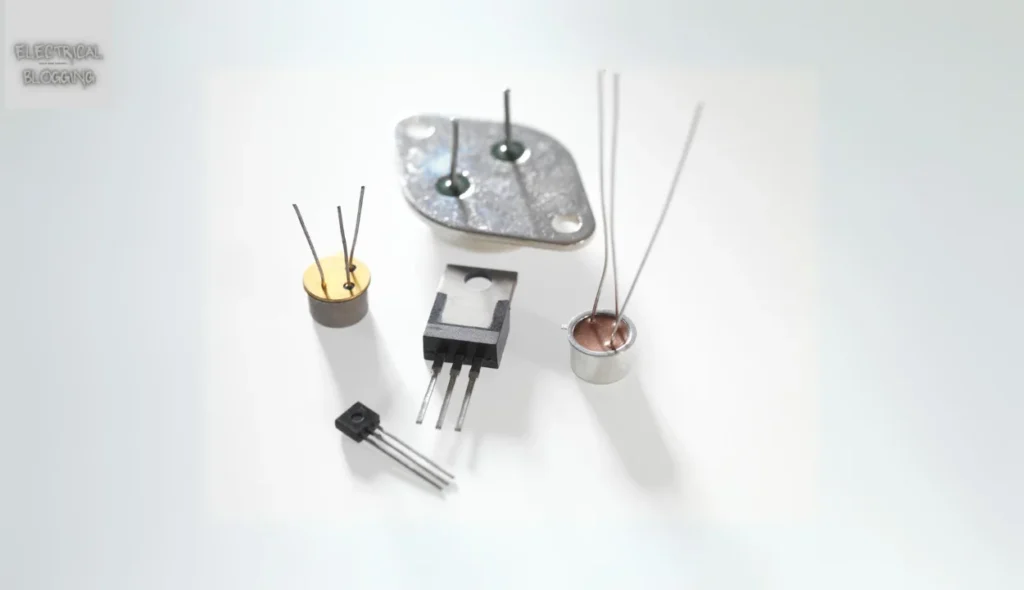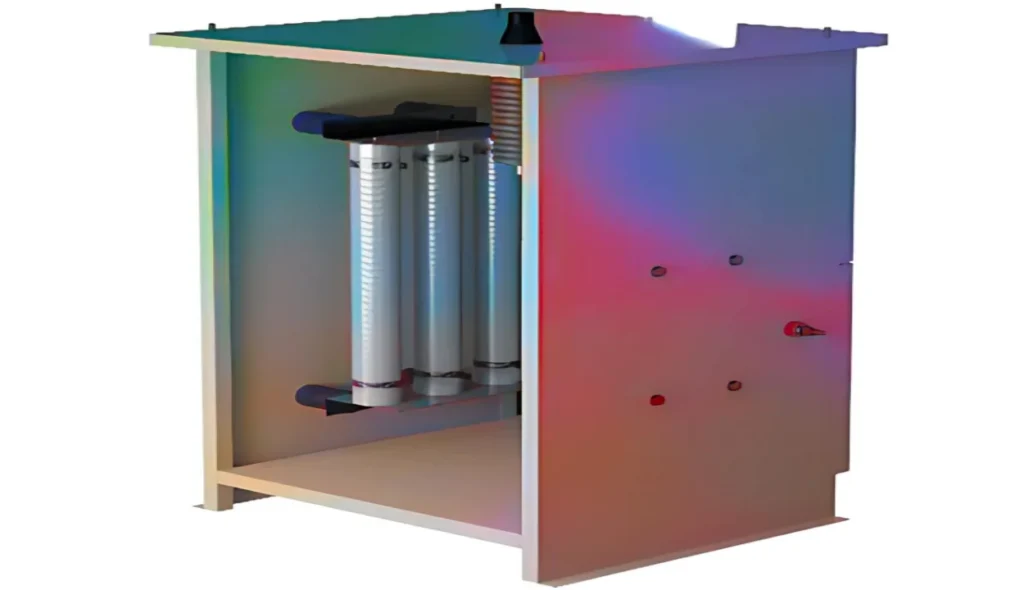Introduction
In modern times, a centrifugal switch plays a crucial role in single-phase asynchronous motors, helping them operate efficiently. It works by regulating the motor’s function and managing the power distribution, allowing smooth performance. As the motor starts accelerating, the switching method automatically disconnects the starting capacitor when the motor reaches its designated speed. This ensures efficient operation, preventing excess current and maintaining the rated torque.
With technological advancements, there has been a seamless integration of advanced motor control technologies to enhance energy efficiency. When the synchronous speed reaches a certain level, the centrifugal switch is disconnected, improving overall performance. This aligns with sustainable practices, making these mechanical switches essential today. By optimizing the process, motors achieve greater durability and reliability in various applications, keeping industries moving forward.
What is a centrifugal switch?
A centrifugal switch is a mechanical switch that uses centrifugal force from a rotating shaft to control circuits. It is designed to activate or deactivate based on the rotational speed, ensuring smooth operation. Typically, it is powered by an electric motor or a gasoline engine, where the force is created and provided for precise performance.
Centrifugal switch diagram

How does a centrifugal switch work?
The evolution of centrifugal switches has led to intricately engineered designs that harness the fundamental principle of rotational activation in energized motors. As the motor begins its function, the switch helps ensure smooth motor operation. In the critical initial stages, the start capacitor remains in the circuit, allowing the motor to gain momentum. Once it reaches a set speed, the mechanical elements adjust, maintaining reliable performance.
With meticulous synchronization, the switch activates by pressing on contacts and later withdraws, allowing for seamless disconnection of start capacitors. This precise control ensures an efficient transition between phases, contributing to the motor’s operational life. The ability to enable automatic adjustment within a diverse array of systems showcases the ingenuity behind these components. This design keeps motors running efficiently and reliably across various applications.
What is a centrifugal switch in a motor?
A centrifugal switch plays a strategic function in motor operation by seamlessly integrating into the start process. During the initial moments, the start capacitor provides an additional boost, helping the motor attain the required torque. This ensures an efficient motor start-up, aligning with the demands of modern industry. By maintaining precise temporal alignment, the motor achieves optimal performance right from the beginning.
This intelligent utilization of the centrifugal switch is a cornerstone in refining motor control mechanisms, prolonging the motor’s operational life. As technology advances, improving energy efficiency has become necessary to meet industry standards. The process of achieving smooth functionality embodies progress in motor design. With continuous improvements, this component remains essential in ensuring reliability and performance.
What is the operational mechanism of a centrifugal switch in a motor?
A centrifugal switch is a vital component in single-phase motors, controlling the startup process through centrifugal force and mechanical movement. At the outset, both the rotor and switch remain still, but once powering begins, the rotor starts to spin. This motion triggers the weighted components, which respond by adjusting their position. Initially, the switch keeps the starting capacitor connected to the motor’s circuit, aiding in achieving the necessary torque.
As the motor accelerates to approximately 70-80% of its synchronous speed, the switch shifts, disconnecting the capacitor. This action optimizes motor performance by ensuring smooth operation and preventing excess strain. The switch’s ability to adjust automatically keeps the motor efficient and reliable. By balancing these principles, the centrifugal switch plays a crucial role in maintaining steady performance throughout the motor’s lifecycle.
Where is the centrifugal switch located in an electric motor?
The centrifugal switch is a crucial part of an electric motor, carefully installed on the motor shaft near the front or rear bearing. This strategic placement serves a specific purpose, allowing for a seamless transition during start-up. By positioning it correctly, the switch ensures timely engagement and disengagement when needed. This deliberate engineering choice helps in optimizing the motor’s efficiency and longevity.
As the rotation begins, the switch swiftly responds by engaging or disconnecting the starting capacitor, depending on the motor’s operation. The generated force directly influences the switch’s components, aiding in a precise integration with the system. This design plays a key role in ensuring smooth normal operational modes. Proper placement of the switch enhances performance and prevents damage over time.
What occurs if there is no opening of the centrifugal switch?
If the start switch does not open when needed, the start winding will continue running, causing it to overheat. This can lead to a flameout, damaging the motor and making the engine unable to function. As a result, the engine might not start the next time it is powered on. This issue can reduce efficiency and increase maintenance costs over time.
If the centrifugal start switch remains closed, the main winding will also suffer, leading to a possible failure of the motor. Without proper disengagement, overheating can damage internal components and affect performance. Preventing such issues requires regular inspection and ensuring that the switch functions correctly. A well-maintained switch keeps the motor running smoothly and efficiently.
What is the purpose of a centrifugal switch at the end of an open motor?
A centrifugal switch must be disconnected at 70 to 80 percent of the full speed to prevent heavy current from flowing. If not, the starting winding will continue to carry current, leading to failure. This affects the engine and stops it from reaching its maximum speed, reducing efficiency. Proper functioning ensures a smooth flow of power and avoids unwanted results in motor performance.
Do all single-phase motors have a centrifugal switch?
Not all single-phase motors use a centrifugal switch, as some rely on an auxiliary winding instead. When the engine reaches its running speed, the start winding stays active, making it work like a two-phase motor. This design eliminates the need for a centrifugal starting switch, making these motors more reliable. These motors are preferred for applications requiring durability and fewer moving parts.
Centrifugal Switch in Induction Motors
In induction motors, the single stator winding and auxiliary winding work together to generate the starting torque. A single-phase AC current is applied to the winding of the stator, but it cannot create a strong rotating field alone. To solve this, an out-of-phase field is provided, which produces the needed force to start the engine. Once the motor starts, the rotor creates a pulsating field instead of relying on the stator field.
As the engine speed reaches a specified percentage of the synchronous speed, the circuit that energizes the auxiliary winding must be disconnected. This is where the centrifugal switch helps by ensuring the circuit is opened at the right time. By doing so, it prevents unnecessary power consumption and enhances motor performance. This precise switching mechanism is crucial for the proper functioning of induction motors.
Which split-phase motor does not have a centrifugal switch?
A capacitor-start capacitor-run split-phase motor does not usually have a centrifugal switch because it uses a start capacitor and a run capacitor to operate continuously. The capacitor-start capacitor-run motor has a cage rotor and a stator with a main winding and an auxiliary winding. These windings are shifted by 90 degrees in space, creating the needed phase difference. Since it is permanently connected to the circuit, there is no starting switch.
Another type is the PSC Motor, a single-phase AC motor that also does not require a centrifugal switch. This motor is represented as a capacitor motor single value, meaning the capacitor C stays attached in both the starting condition and running condition. Unlike a split-phase induction motor, it does not need to disconnect any component for smooth operation. Since the capacitor-start motor run capacitor-run system is always active, the motor remains efficient and reliable.
Applications of a centrifugal switch
Centrifugal switches are used in motors, DC motors, and generators to prevent overspeed, ensuring that they operate properly and safely.
In escalators, lifts, and conveyors, the switch plays a crucial role in speed detection to avoid accidents and damage.
Blowers and fans rely on this device to detect under-speed, ensuring smooth airflow and system efficiency.
In industries, it helps prevent material losses, especially where the loss of speed could disrupt operations.
Used in systems where computer safety is necessary, protecting equipment and ensuring a safe working environment.
Conclusion
A centrifugal switch is an essential component in single-phase motors, induction motors, and various industrial systems. It plays a crucial role in starting, disconnecting capacitors, and ensuring efficient operation. Without a properly functioning switch, issues like overheating, excess current, and motor failure can occur. Additionally, it is widely used in escalators, conveyors, blowers, fans, and generators to prevent overspeed and underspeed, ensuring system safety. Understanding its design, functionality, and applications helps maintain motor efficiency and longevity while preventing material loss and damage to equipment.




